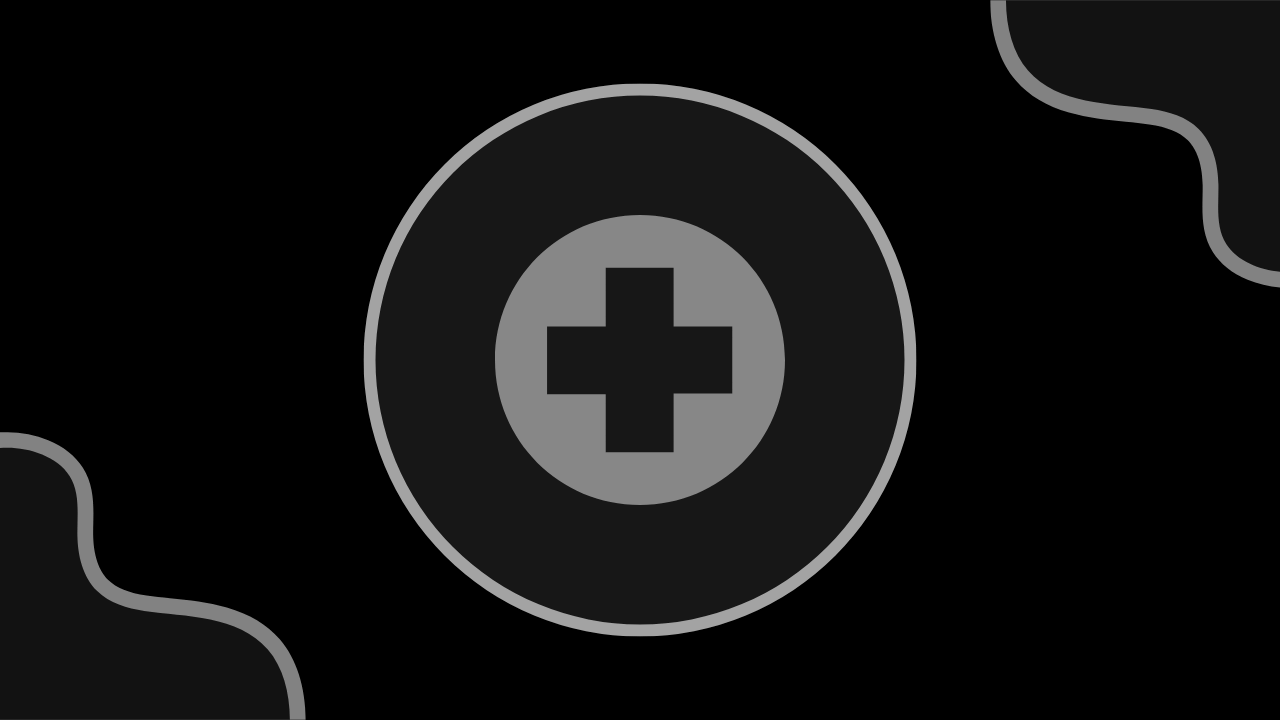Data Science Use Cases in Insurance
An in-depth guide to data science use cases in insurance industry, complete with explanations and useful pointers.
An in-depth guide to data science use cases in healthcare sector, complete with explanations and useful pointers.
Written by Cognerito Team

Data science, a multidisciplinary field encompassing machine learning, big data analytics, and statistical modeling, is increasingly shaping the future of healthcare. With electronic health records (EHRs), wearable devices, and advanced imaging technologies, the healthcare industry is a data-rich environment. By harnessing these vast data streams, data science holds the potential to revolutionize healthcare delivery, improve patient outcomes, and streamline operations.
These are some of the existing and potential use cases for data science in healthcare sector.
Early Disease Detection and Risk Stratification: Algorithms analyze patient data to identify individuals at risk of developing conditions like diabetes or heart disease, enabling proactive interventions.
Personalized Treatment Plans and Precision Medicine: Data-driven insights tailor treatments to a patient’s genetic profile, lifestyle, and medical history, maximizing efficacy and minimizing side effects.
Hospital Readmission Prediction and Prevention: Models predict patients likely to be readmitted, allowing hospitals to provide targeted follow-up care and reduce readmission rates.
AI-assisted Interpretation: Machine learning algorithms assist in interpreting X-rays, MRIs, and CT scans, flagging potential issues for radiologists.
Early-stage Disease Detection: AI excels at detecting subtle patterns, enabling early diagnosis of diseases like breast cancer or diabetic retinopathy.
Enhancing Radiologists’ Efficiency: By handling routine cases, AI allows radiologists to focus on complex cases, improving overall diagnostic accuracy and efficiency.
Natural Language Processing (NLP): NLP extracts insights from unstructured data like physician notes, enhancing the comprehensiveness of patient records.
Interoperability and Data Exchange: Data science facilitates seamless data sharing between providers, ensuring continuity of care and reducing redundant tests.
Longitudinal Patient Profiles: Integrated data creates a holistic view of patients over time, supporting more informed clinical decisions.
Identifying Drug Candidates: Machine learning accelerates the identification of potential drug compounds by predicting their efficacy based on molecular structure.
Predicting Interactions and Side Effects: Algorithms analyze chemical properties and patient data to foresee drug interactions and adverse reactions.
Optimizing Clinical Trials: Data-driven approaches optimize trial design, participant selection, and dosage regimens, speeding up the drug development process.
Wearable Device Data Analysis: Real-time analysis of data from smartwatches or glucose monitors enables continuous patient monitoring.
Anomaly Detection and Intervention: Algorithms detect deviations from normal patterns, alerting healthcare providers to intervene before crises occur.
Virtual Health Assistants: AI-powered chatbots provide 24/7 support, answering queries, reminding patients about medications, and escalating concerns to human providers.
Patient Flow and Staffing: Predictive models optimize hospital staffing based on expected patient volumes, reducing wait times and improving care quality.
Supply Chain Management: Data-driven forecasting ensures optimal stock levels of medicines and equipment, reducing waste and stockouts.
Fraud Detection: Advanced analytics identify anomalous billing patterns or insurance claims, saving millions in fraudulent transactions.
Disease Outbreak Prediction: By analyzing social media, weather data, and historical patterns, models can predict and track outbreaks like flu or COVID-19.
Population Health Management: Data science informs targeted public health campaigns and interventions based on community-specific health trends.
Social Determinants Analysis: Analyzing socioeconomic data helps address root causes of health disparities, like lack of access to healthy food or safe housing.
Data Privacy and HIPAA: Ensuring patient data confidentiality while leveraging it for insights remains a critical challenge, requiring robust anonymization techniques.
Algorithmic Bias: Models can perpetuate societal biases, necessitating careful model design and regular audits to ensure fairness across demographics.
Interpretability and Trust: “Black box” AI decisions may face resistance. Explainable AI techniques help providers and patients understand and trust algorithmic recommendations.
The Internet of Things (IoT) and 5G will enable real-time, ubiquitous health monitoring, from smart homes to ambulances.
Multi-omics Analysis: Integrating genomics, proteomics, and metabolomics data will unlock deeper insights into disease mechanisms and personalized care.
As it matures, quantum computing will tackle complex health data problems, like protein folding for drug discovery, at unprecedented speeds.
From personalized medicine to operational optimization, data science is a game-changer across healthcare domains. By synthesizing diverse data streams, data science promises more precise, proactive, and patient-centric healthcare.
Healthcare firms must invest in data infrastructure, foster data-literate teams, and cultivate a culture of data-driven decision-making. Embracing these approaches isn’t just beneficial—it’s imperative for the future of healthcare industry.
Other articles from our collection that you might want to read next.
An in-depth guide to data science use cases in insurance industry, complete with explanations and useful pointers.
An in-depth guide to data science use cases in banking sector, complete with explanations and useful pointers.
An in-depth guide to data science use cases in manufacturing industry, complete with explanations and useful pointers.
Get curated weekly analysis of vital developments, ground-breaking innovations, and game-changing resources in AI & ML before everyone else. All in one place, all prepared by experts.